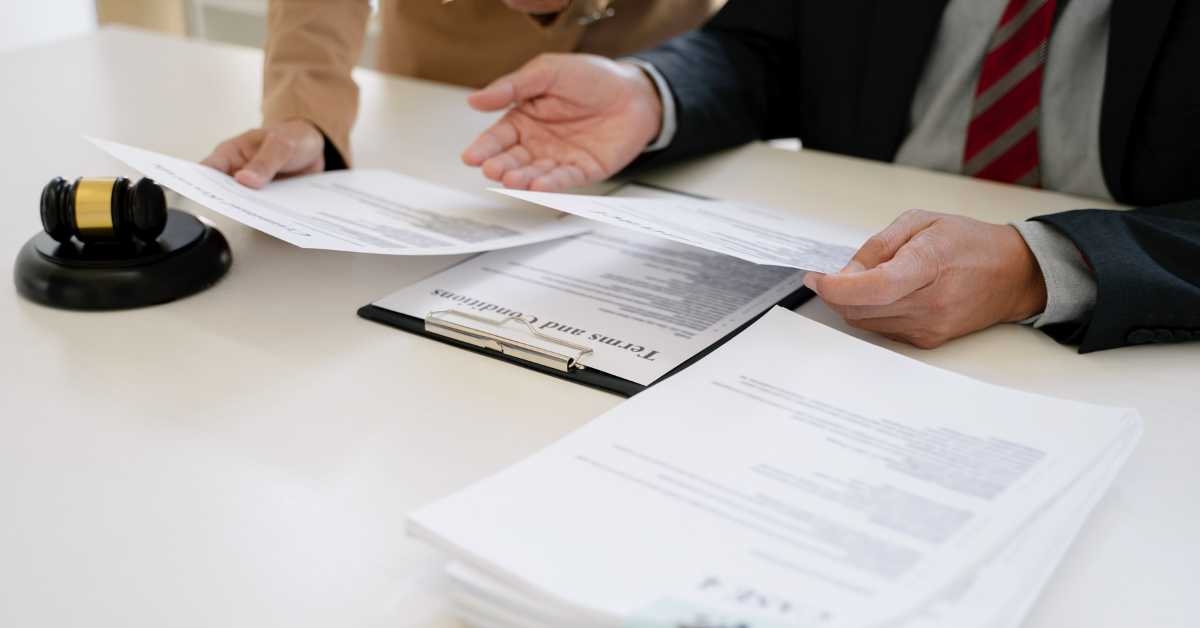How Can a Pre-hearing Brief Help My Disability Appeal?

If done correctly, a pre-hearing brief can reassure the judge that you have a strong claim that is backed up by sufficient medical evidence and adheres to Social Security regulations.
A licensed Social Security Disability lawyer in Phoenix is prepared to help. Below, we discuss a pre-hearing brief in greater detail and how it can improve your chances of being approved for disability benefits. An initial consultation is completely free and comes with no obligation to move forward with our firm.
Benefits of Writing a Pre-hearing Brief
When a disability lawyer prepares a case for a hearing, part of his or her work involves putting together a pre-hearing brief. This brief outlines the medical evidence on file, background details, and arguments for why a claimant should be considered disabled.
A pre-hearing brief serves two major purposes:
- It can be used to identify all relevant dates, a claimant’s past work history and the most significant medical and non-medical records by their exact page number in a disability claim. It can also help summarize what the claimant is expected to testify about before an ALJ at the hearing.
- It can be used to identify the theory of disability the lawyer has developed to help win a claimant’s case. It helps show the judge that the claimant and his or her lawyer is prepared for the hearing and that the issues have been narrowed down to what is most important.
Disability judges are frequently busy and may not have the time to review every single page in a claimant’s file. A pre-hearing brief can make it a bit easier for the ALJ to assess the most important evidence and understand the legal reasoning supporting a claim while also benefiting the claimant.
A good pre-hearing brief will be able to show that a claimant’s medical condition makes performing work impossible and must be submitted no later than five business days before the date of the hearing.
What to Include in a Pre-hearing Brief
A pre-hearing brief should be clear, concise and include the following information:
Identifying Information
A pre-hearing brief should include your full name, Social Security number, birth date as well as the date you became disabled and the date you filed your disability claim. It would also be beneficial to discuss your work history and how your condition has affected you in a few short lines.
Summary of Medical Evidence
Medical evidence can make or break a disability claim. A claim file can have hundreds of pages of medical records over a period of several years. This is why it is important to highlight only the most significant medical evidence for the ALJ, especially if the results of an objective test or opinion from your treating doctor helps to support your claim for disability benefits.
Sequential Evaluation Process
The SSA uses a five-step sequential evaluation process to determine whether not a claimant is eligible for disability. It is a good idea to address each of the five steps in the pre-hearing brief, however if a certain step presents no major concerns, a discussion of that step could be kept at a minimum.
For instance, if your medical condition meets or equals one of the SSA’s listing of impairments, any information related to this should be highlighted in step four. If you have extensive work history but are unable to return to work due to your medical condition, step four should be given substantial attention.
Call Us for Help with a Disability Appeal
If you are appealing a denied disability claim, Dayes Law Firm is here to help you write and submit a pre-hearing brief, if it is necessary. We know what it takes to argue a case successfully to help improve the outcome of a disability hearing. An initial consultation is completely free.
A Firm You Can Trust. Call: 1-800-503-2000
